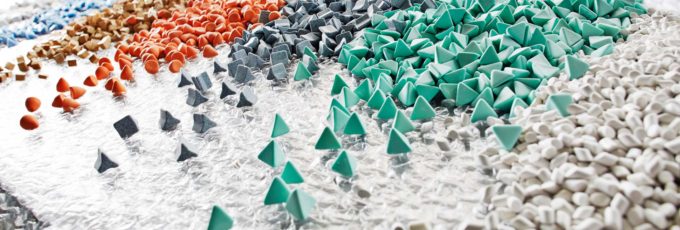The term “Media” is usually used to describe a material which is used to give an altered look or finish to another part or material.
This is usually an abrasive process for eradicating undesirable machining ends, but media’s can also be chosen for their capability to surface polish, finish radii, clean, or de-grease.
Media is usually a preformed abrasive that is a rigorous moulded form or cut extrusion that contains a strengthening agent and a specific formula of abrasive fibers for eradication. Preformed media is effective in repeatedly exposing the abrasive fibers as the bonding agent wears during use. This wear usually occurs smoothly across the geometry of the media in a way that the overall condition of the media remains consistent.
The media elements that work out the surface finish of any part are:
- Mineral Structure
- Media Size
- Abrasive Particle Size within the Media
- Media Form
1. Choosing Media
Deciding on a media type that optimises1stthrough4thabove is identified by several elements and frequently requires process tests and error to cover.
Listed here are a few of the points to consider while choosing a tumbling media (Check this page for more information about tumbling media https://www.inovatecmachinery.com/tumbling-media/)
2. Types of Materials
Ceramic Media

Ceramic media is perfect for large cutting and solid metals such as steel.
Ceramic media may better work for very heavy and large components than plastic media. Ceramic media is best suited for tricky deburring, burrs and when a small media is required. Ceramic media is also perfect for the majority of plastic parts where a hard abrasive is required.
Formulation of ceramic differ from a light cut with small abrasive for providing surface cleaning and finishes to a heavy DF with a higher volume of abrasive fibers for instant deburring.
Porcelain Ceramic

Porcelain ceramic media is usually a type of ceramic media. Most commonly it is white-coloured, and it is usually available in a cylinder and spheres shapes.
Porcelain ceramic is usually used to shine and polish metal parts. Normally a finishing and polishing process accomplish by Premium Polishing and buffing Compounds & Abrasive Emery may require a couple of steps. The initial step is to cut down a deburring plastic or porcelain ceramic to be able to clear away machining scars and burrs followed by the ceramic polish.
Spheres are generally perfect for cleaning softer metals such as light weight aluminum while cylindrical pin works best on tougher materials such as steel.
Plastic Media

Plastic media is usually used for more supple metals such as lightweight aluminium and brass. Plastic media commonly makes a sleek matt finish that does not shine. Plastic media is useful for making parts for anodizing. Plastic makes a good quality surface finish which is not stained. The edge break capacity is less than that of porcelain but is most effective on most smooth, light weight aluminium alloys such as 6061. Alloys such as 7075 are best with a higher abrasive Z1 plastic formulation or a porcelain media.
Dry Media

This type of media is formulated over years of production expertise. It is important to get rid of the associated issues of product waste. There are numerous key elements that ought to be addressed to select the right media with the best functionality. The cut is the main factor that can determine the particular capability to reduce or deburr tough surfaces. Colour is most likely the factor that can determine the capability to polish or brighten the workpiece. Density and size also relate to the productivity of the process.
3. The Size of The Part
Larger and heavier parts usually require larger sized media.
Larger or heavier parts normally have larger machining burrs and marks whereas smaller parts are best for smaller sized media. Large media may wear and tear delicate parts but may give a fast cut as well as courser exterior to larger parts.
Measure the size of a media in order that it can easily be separated from the parts. Opt for a media that can easily be segregated by using a screen.
4. The Type and Size of the Parts Features
Do the features on the part need a finish or deburr?
How large are those features and exactly what size media can reach those features?
Opt for a media specification that can reach the desired features but will not turn out to be lodged in the part.
For instance, a media with a measurement up to 1.5” may likely get lodged in a gap which is 1.5”. It’s always best to undersize by 1/2 or oversize the particular media according to a feasible lodging level. The proper execution of your media will certainly help attain features while barring lodging.
Pyramids, cones, stars, and angle are most important for reaching an area while not getting lodged. Angle cut cylinders are usually most effective for passing through holes.

